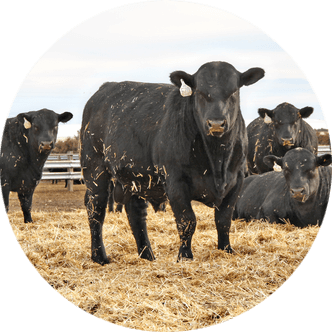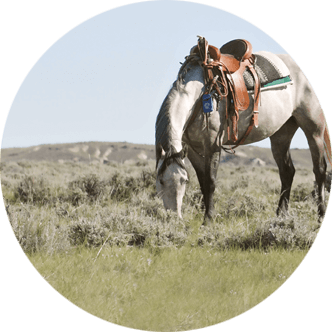Subleasing State Lands: Wyoming legislature advances bill to simplify grazing rules on subleased state lands
The Wyoming Legislature’s Joint Agriculture, State and Public Lands and Water Resources Committee convened in Cheyenne Oct. 28-29 to discuss the weighty topics of cloudseeding and geoengineering, eminent domain, landowner hunting licenses and subleasing state trust lands for grazing.
On the first day, the committee voted in favor of sponsoring a bill to simplify how producers and landowners handle subleasing and grazing arrangements on state lands.
Titled 26LSO-0213, Subleasing of State Lands Exemptions, this bill aims to clarify when lessees must seek approval to graze livestock they don’t own and how excess rental fees are calculated.
Under current law, lessees must obtain permission from the Office of State Lands and Investments (OSLI) before allowing non-owned livestock to graze leased state-owned parcels.
The new proposal would remove this requirement, provided the lessee notifies OSLI within 30 days of the livestock’s arrival.
Lessees would also pay a monthly per-head fee, capped at 50 percent of the annual Animal Unit Month (AUM) rental rate for non-owned animals.
Additionally, the committee introduced a new definition for excess rental, stating, “Excess rental means the amount of money received from the sublease by the lessee is in excess of the current annual grazing and agricultural lease rental. Excess rental shall be calculated by identifying the total money received for only the use of leased or subleased state lands, subtracting the annual lease rental.”
OSLI provides amendment
After introducing the bill, the legislature opened the floor to public comment.
During her testimony, OSLI Director Stacia Berry told lawmakers Wyoming currently manages 4,073 grazing leases with 441 subleases recorded last year, generating just under $295,000 in revenue.
She expressed OSLI’s support for the context of the bill and all of the proposed amendments, but noted an issue with Section K, which focuses on joint ownership of livestock.
“I believe it misses the mark of what we discussed with industry representatives at the August meeting,” she stated.
While the draft bill refers to “80 percent common ownership of livestock,” Berry explained discussion at prior meetings focused instead on common ownership between business entities.
She suggested alternative language to clarify “if the state grazing lessee notifies the office common ownership of entities holding the lease and owning livestock is not less than 80 percent, a sublease or non-owned livestock fee shall not be required.”
Industry offers support
Wyoming Stock Growers Association Executive Vice President Jim Magagna also provided testimony, expressing his support for the bill and Berry’s proposed amendment.
“I think this amendment and this bill simplifies things greatly for landowners and OSLI,” he said. “It’s a good reflection of what realities are out on the range today in the different kind of ranching operations we have in Wyoming. I would urge your support for the bill as it is drafted, with this amendment.”
Following questions from several lawmakers, Magagna also explained the intent of original subleasing provisions was to prevent people outside of agriculture from profiting off of state grazing leases.
“There was a valid reason for having subleasing provisions in statute, and it still remains valid today,” he said. “The problem that has arisen over time is, unlike 75 years ago, more people today run livestock they don’t necessarily own, and it gets to be a challenge to come up with an honest figure that’s acceptable and reasonable to the landlord and OSLI as to how much they should be paying on those non-owned livestock.”
He noted the per-head fee option offers a straightforward alternative to calculating complex sublease arrangements and ensures continued revenue for state trust lands.
Wyoming Farm Bureau Federation Policy Advocacy Director Brett Moline also testified in support of the bill and the amendment.
“I am here sitting in support of this bill and of the proposed amendment to show ag unity,” he stated.
Committee partakes in discussion
During their discussion, committee lawmakers brought up how AUM rates are determined, how non-owned livestock would be tracked and the potential for confusion when state parcels are interspersed within larger private pastures.
Berry confirmed compliance relies on the honor system, and when asked about current AUM rates, she said the state charges roughly $1.50 per AUM while private land rates average around $27 per AUM.
After discussion, the committee adopted the amendment from OSLI and proceeded to a roll call vote. The measure passed 10 to one, with four members excused.
The bill will now move forward as a committee-sponsored draft for introduction in the upcoming legislative session.
Hannah Bugas is the managing editor of the Wyoming Livestock Roundup. Send comments on this article to roundup@wylr.net.





